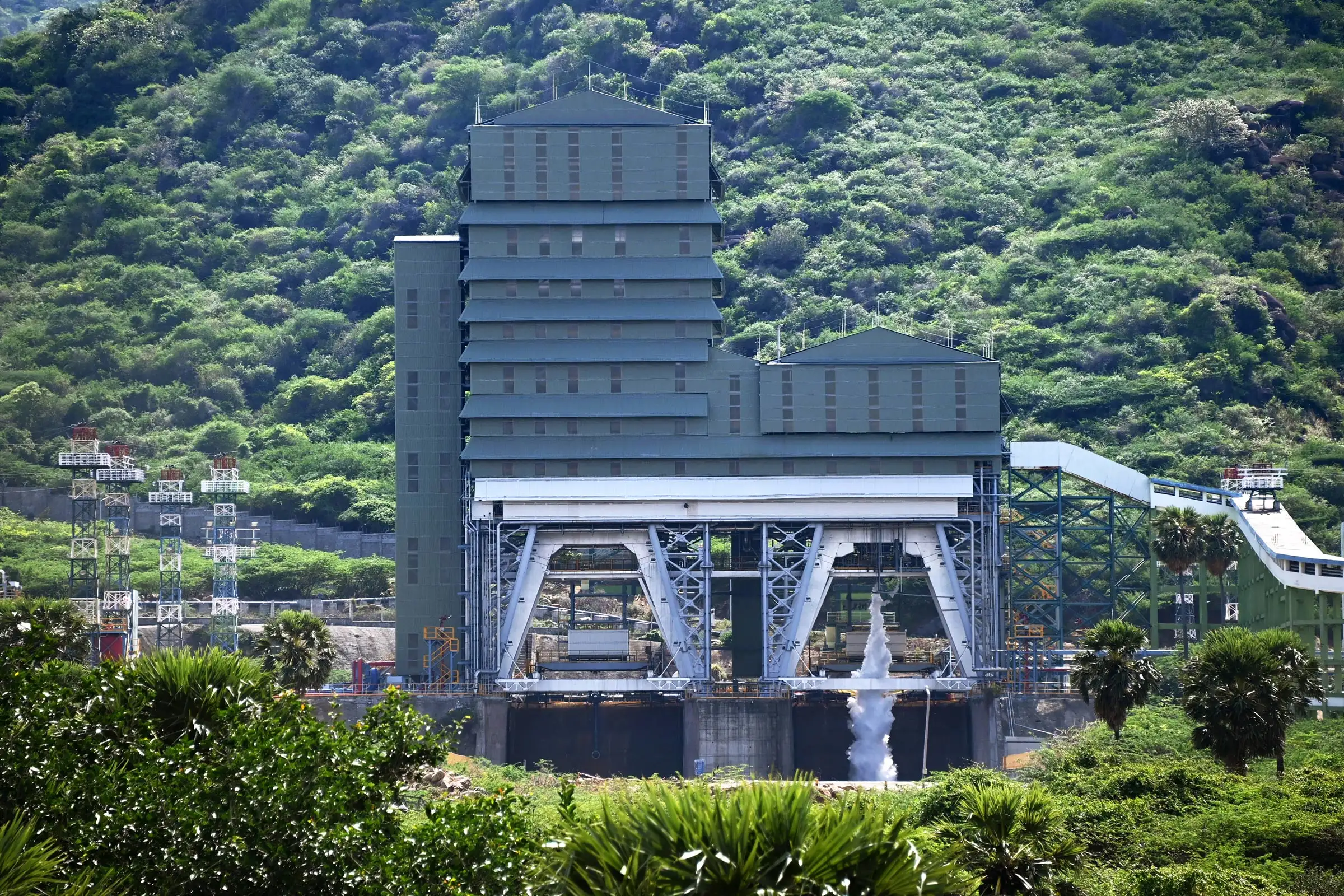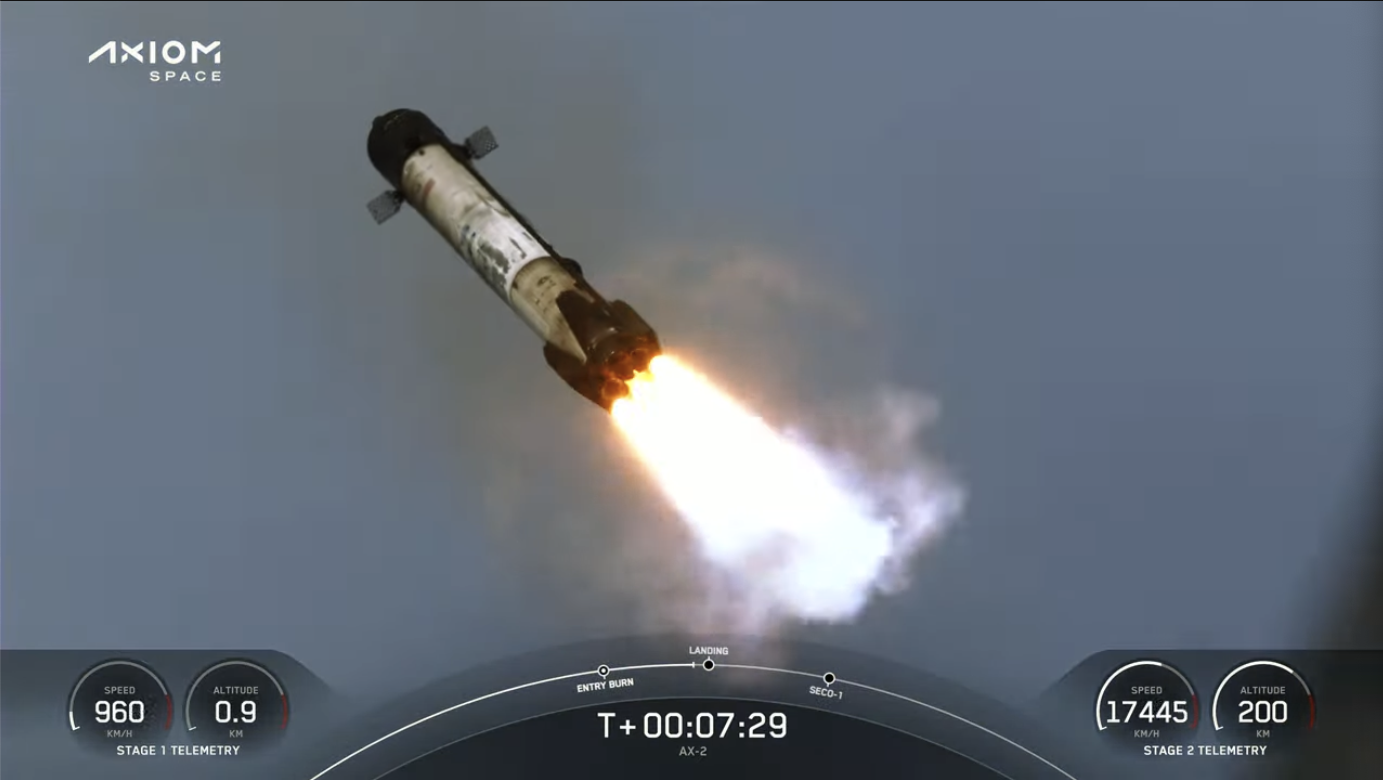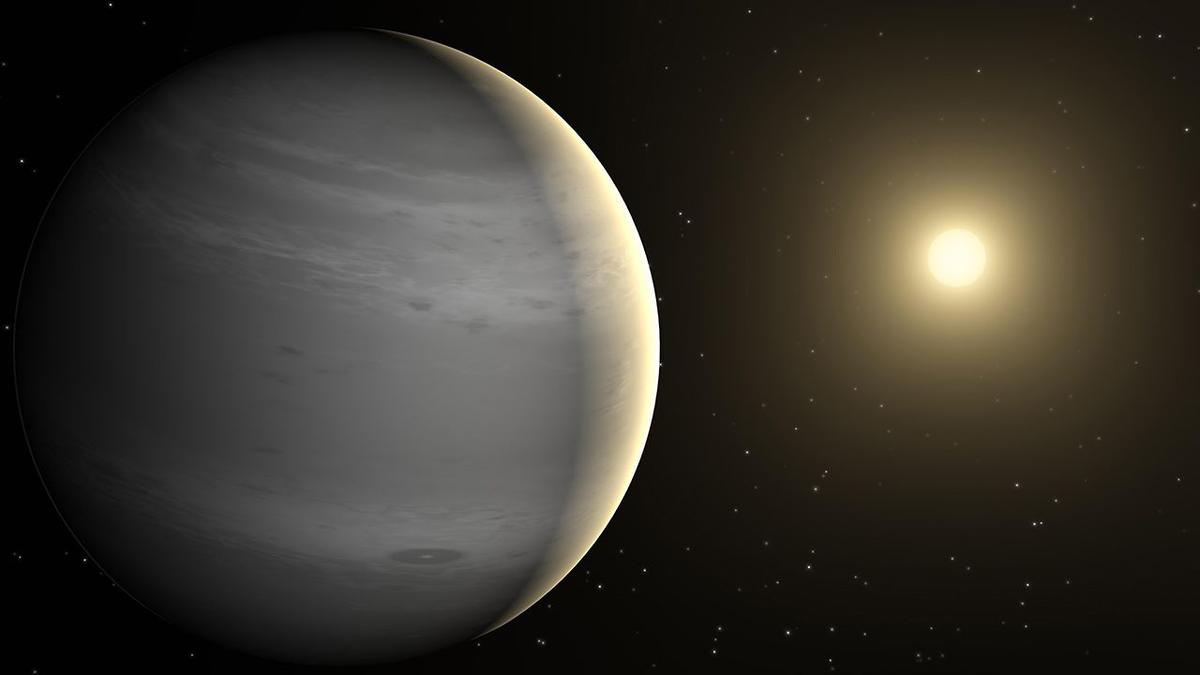MAY' 2023
May 10: Semi Cryogenic Integrated Engine & Stage Test facility :
ISRO recently conducted a significant test at the newly established Semi Cryogenic Integrated Engine & Stage Test facility in Mahendragiri. This test involved the 2000kN Semi Cryogenic Engine in an intermediate setup called the Power Head Test Article (PHTA). The PHTA includes all the engine components except the thrust chamber. The purpose of this test is to validate the design of the propellant feed system, which includes low-pressure and high-pressure turbo-pumps, the gas generator, and control components. It's the first in a series of tests aimed at ensuring that these critical engine systems work as intended.

May 21: "Ax-2 SpaceX Falcon 9 Launch: Axiom's ISS Mission Details"
Set for May 21, 2023, the Axiom Mission 2 (Ax-2) plans a private astronaut journey to the ISS via a SpaceX Falcon 9 from Kennedy Space Center's Launch Complex 39A. The mission, spanning 12 days, features astronauts including Peggy Whitson and individuals from Saudi Arabia. A "Feel the Heat" viewing package, priced at $250 plus tax, provides close-up views from the Banana Creek Launch Viewing Area, offering bus transport, real-time commentary, meals, and souvenirs. Guests should arrive early and anticipate traffic. Kennedy Space Center Visitor Complex, operating from 9 AM to 7 PM, facilitates exclusive access to launches and space events, all visitor-funded. This launch signifies another milestone in private space travel, engaging diverse astronauts in scientific exploration aboard the ISS.\

May 26: Discovery of TOI 4603b: An Extreme, Dense Exoplanet
On May 26, 2023, scientists led by Prof. Abhijit Chakraborty at India's Physical Research Laboratory discovered a Jupiter-sized exoplanet named TOI 4603b, boasting an unprecedented density of ~14 g/cm³ and a mass 13 times that of Jupiter. Utilizing the PARAS spectrograph at the PRL Gurushikhar Observatory, they identified the planet orbiting the star TOI4603, situated 731 light years away. Notably, TOI 4603b falls within the rare mass range, bridging massive giant planets and low-mass brown dwarfs. This exoplanet orbits remarkably close to its star, orbiting every 7.24 days, showcasing high-eccentricity tidal migration. The discovery sheds light on planetary formation and migration mechanisms. Published in Astronomy & Astrophysics Letters, this marks India's third exoplanet discovery using PARAS, unveiling vital insights into exoplanetary systems.
